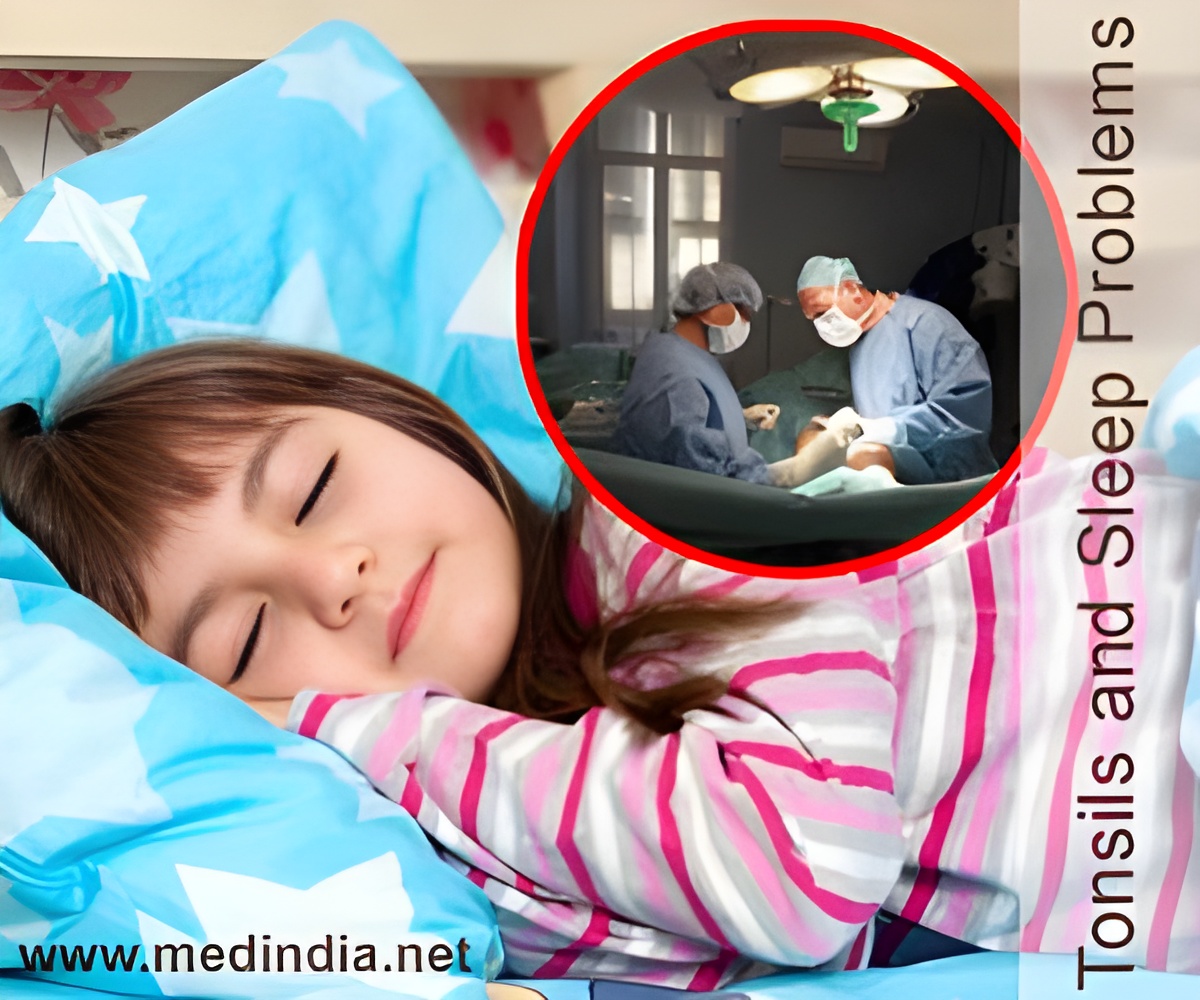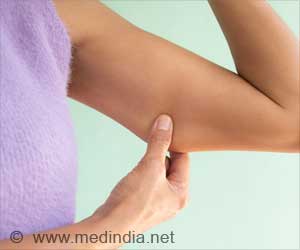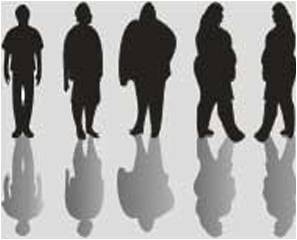Children who underwent a tonsillectomy to alleviate their symptoms of sleep apnea are more likely to gain weight in comparison to children with sleep apnea who did not have the surgery.

The team of researchers followed the progress of the children over the span of seven months
They found that children who had a removal of tonsils ended up gaining more weight on average than children who did not get the procedure.
The overall weight gain difference was small and was not noteworthy in children of normal weight.
In over weight children, however, the extra pounds added their risk of becoming obese.
The researchers revealed that 52 percent of children who were overweight before the surgery had become plump seven months after the procedure.
Advertisement
The researchers advised that children with sleep apnea should ideally adopt a healthy lifestyle, which includes nutrition and exercise.
Advertisement
One theory is that those children could be burning fewer calories because they no longer have difficulties breathing during sleep. However, another school of thought on the subject is that more sleep decreases hyperactivity during the daytime, which also decreases the number of calories burned throughout the day.
"You can't just treat the sleep apnea. You have to have nutrition and lifestyle counseling, too," said lead researcher Dr. Eliot Katz, a respiratory disease specialist at Boston Children's Hospital.
"After surgery, parents are often very satisfied. Their kids are sleeping better, and they may be better behaved and doing better in school. But there's this insidious issue of weight gain." Dr. Eliot Katz added.
The study was published in the journal, Pediatrics.
Source-Medindia















